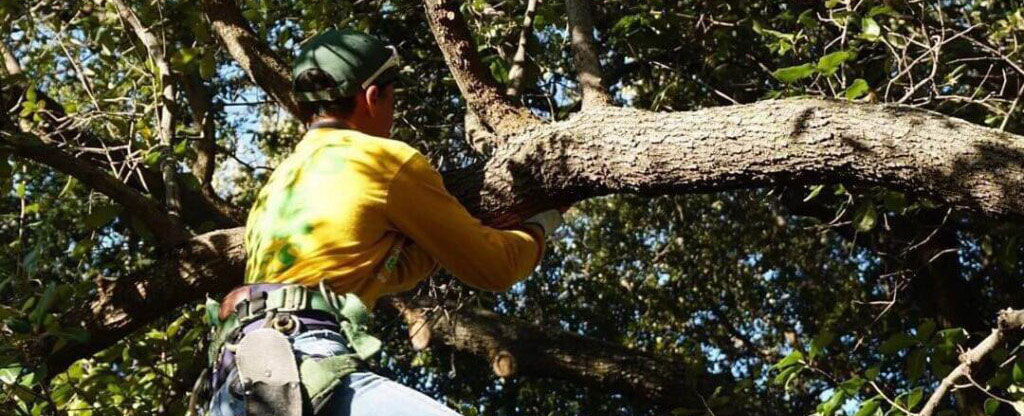Except for a few plants like pansies, Sweet Alyssum, or petunias, most trees and shrubs become dormant (or die) during winter. Fortunately, there’s something you can do for your plants, and fall is the best time to start your plant winterizing process. Your grass, trees, and shrubs need nutrients all year round. Giving your plants the nutrients, water, and rest it needs is vital if the plant is to survive another year. Winterizing plants is the process that enables your plants to thrive through winter.
Protecting bushes from snow gives them an extra boost. It has several benefits that ensure your home’s backdrop retains its liveliness for years to come.
Benefits of Winterizing Trees
Prolonged Landscape Beauty
Wrapping trees for winter gives your plants a chance to grace your landscape in the early stages of winter. While other trees are shedding around you, your tree can remain green for longer, retaining the allure of your home.
Reduce Susceptibility
A plant that has struggled during the other seasons enters winter in a susceptible state. When you winterize outdoor plants, you nurture them early enough to withstand winter’s harsh climate. You also make them healthy enough to prevent diseases in winter and early spring.
Removing dying plants early enough is an excellent remedy to reduce diseases in winter and early spring.
The major factors that lead to winter damage are the suddenness, severity, and length of winter. Hardening of plants should be gradual, meaning winterizing plants in fall is the prudent move. Succulent plants often wither in winter, and that’s the reason you should avoid using fertilizers when offering winter tree protection.
Promote Deep Rooting
Deep roots are necessary for survival during the cold times when the ground is covered and water is scarce. Plants with deeper roots are more likely to live through winter and the early days of spring.
Try to water your plants regularly during late fall before winter. The water should seep deep up to about 12 to 18 inches into the ground. Mulching is also another method of water preservation and heat retention. Moist soil will absorb more solar radiation than dry soil; it then radiates heat during the cold times.
Constant watering gives your plants a chance to get longer roots that will provide nourishment and winter plant protection.
Protection from Rodents/Birds
When food is scarce, rodents and birds will seek the best meal in town. If you winterize plants well enough, your home will be the new hub for these animals. Protecting your plants, therefore, offers extra protection against preying animals.
For instance, putting up a burlap wall also helps from salt sprays and prevailing winds. Burlaps, tarps, and sheets further help in heat retention during winter.
Early Spring Bloom
Winterizing Trees and shrubs in fall also helps your plants to store carbohydrates. The stored carbohydrates are necessary because they give your plant enough shoot density when winter ends. Your plants also become among the first ones to green up during spring.
Prepare For the Big Chill
There are several ways to protect your trees and shrubs from the snow. Here’s a quick checklist:
- Cut any visible deadwood and prevent exposure of the central heartwood of the tree.
- Remove dying branches, barks, and twigs.
- Remove any suckers or sprouts beneath the tree or on the tree stems.
- Preserve as many living branches as possible. This means you shouldn’t prune your trees when winterizing.
- Give your soil proper aeration.
- Select winter-hardy plants.
- Keep irrigating evergreens. Evergreen plants such as hibiscus, pyracantha, boxwood, and azalea need more water and may suffer during winter.
- Avoid damaging the roots.
NORTH TEXAS TREES
At North Texas Trees; arborilogical division of Keane Landscaping, we strive to enhance and maintain your landscape with healthy plants and trees. We have been in the landscaping business for about 40 years, and our seasoned experts are eager to help since winter tree wrapping can be serious work.
Contact us today to get more info or great help to prepare your trees and shrubs against water stress, freeze, and winter injury.

